#chiapas
Text
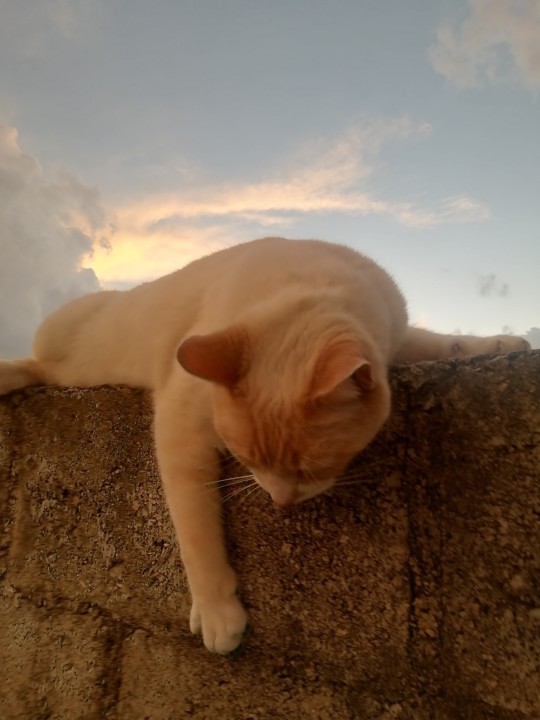
3K notes
·
View notes
Text

Antonio Turok, Solar Eclipse, Chiapas, Mexico, 1991
224 notes
·
View notes
Text

Chiapaneca 🏵️🌿
Commission info | Ko-fi | Twitter
#art#pixel art#digital art#artists on tumblr#original art#illustration#mexico art#chiapaneca#chiapas#traditional dress
240 notes
·
View notes
Text
December 26, 2023 - A migrant caravan marches through Mexico to the American border chanting slogans. The migrants are looking for a better life in the rich country, fleeing their homes to escape poverty and violence largely caused by decades of US intervention across Latin America. [video]
#immigrants welcome#immigration#workers#working class#2023#migrant caravan#refugees welcome#gif#video#usa#mexico#chiapas#latin america#solidarity#no borders#no nations#border
204 notes
·
View notes
Text

Subcomandante Marcos por Frida Hartz.
Selva Lacandona, Chiapa, México. Maio de 1994.
353 notes
·
View notes
Text

“Coca-Cola is stealing our water!”
Seen in San Cristobal, Chiapas, Mexico
2K notes
·
View notes
Text


Glyph blocks, Maya, 7th–8th century. Mexico, Chiapas, Palenque. Museo Regional de Antropología Carlos Pellicer Cámara, Mexico

Glyph block, Maya, 7th–8th century. Mexico, Chiapas, Palenque. Museo de Sitio de Palenque Alberto Ruz L’Huillier, Mexico.
76 notes
·
View notes
Text
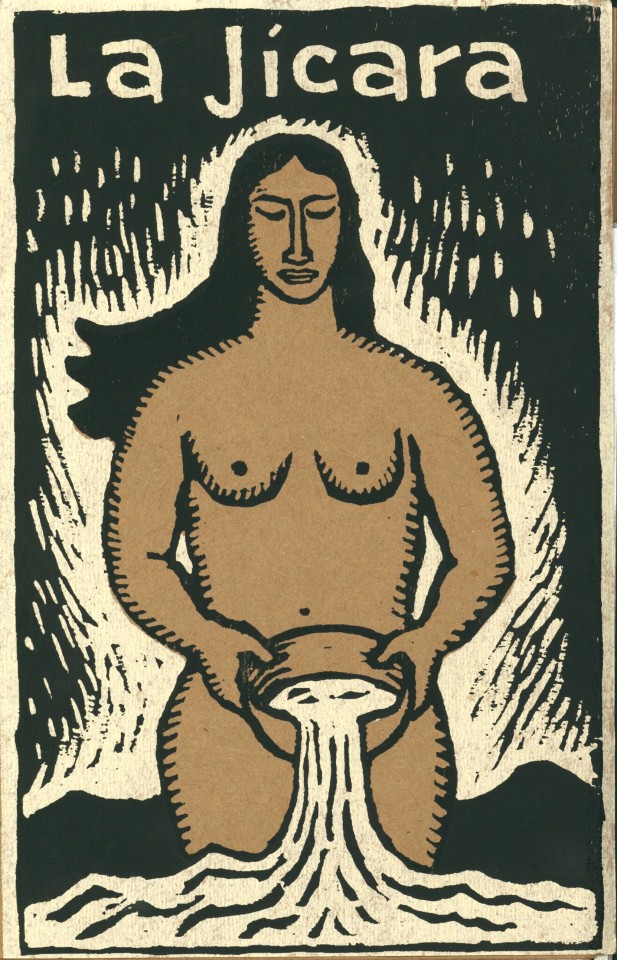
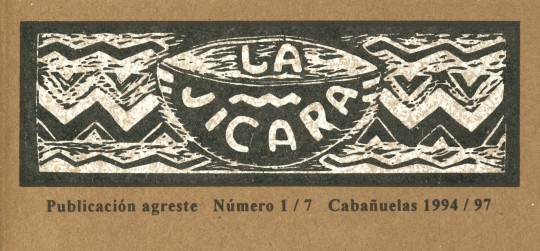


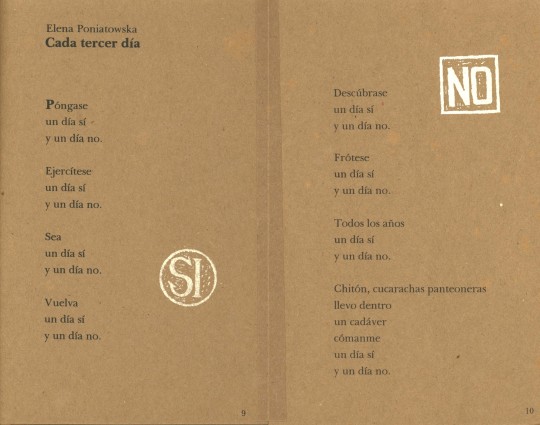


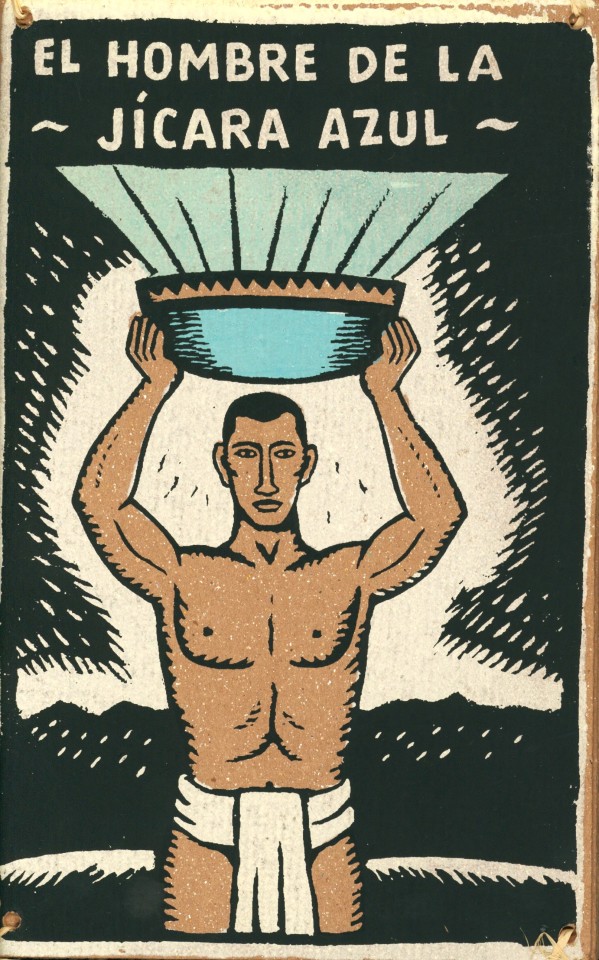
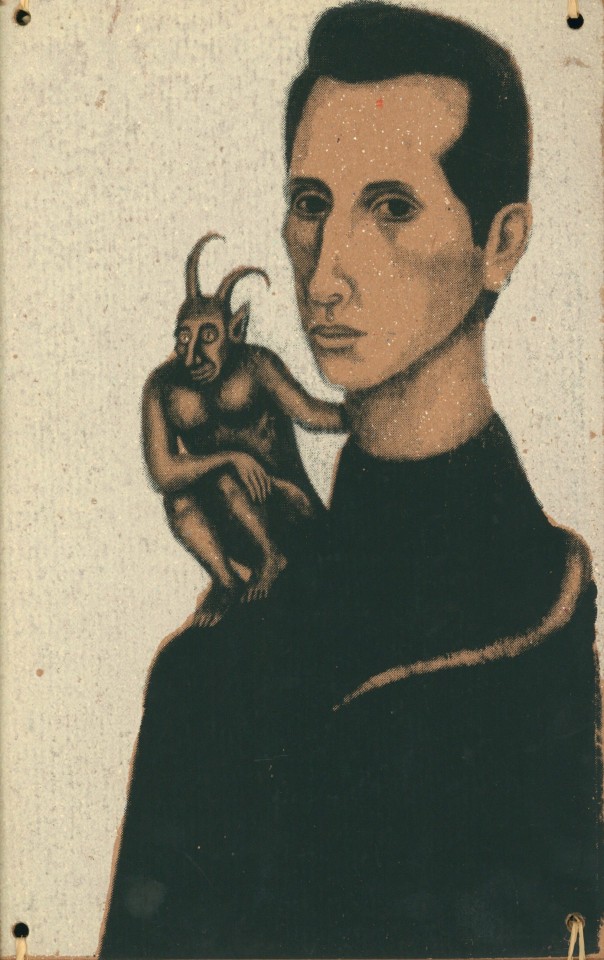

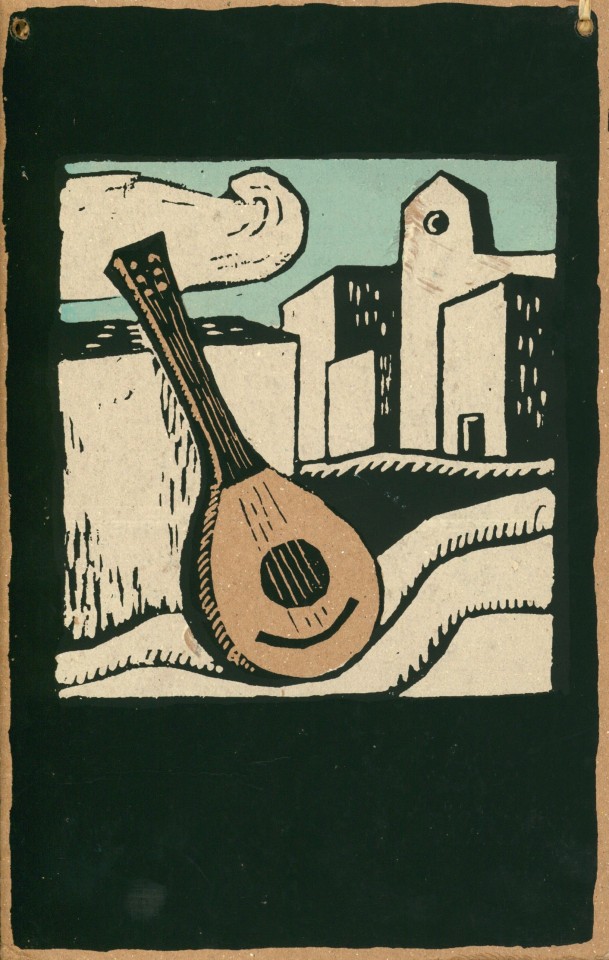
It's Fine Press Friday!
On this final Friday of 2023, we end the year with a slightly different fine-press production, issues 1 and 7 of the Mexican arts journal La Jícara, published in San Crístobal de Las Casas, Chiapas, México by Taller Leñateros in 1994 and 1997. These issues were silkscreen printed on craft paper sprinkled with atol agrio, a characteristic masa-drink of San Cristóbal de las Casas, under the direction of Taller Leñateros founder Amber Past and art director Estela Hernández.
Past, an American-born Mexican poet, founded Taller Leñateros in 1975 as a Mayan book arts collective in Chiapas. La Jícara, which refers to a bowl or cup made from a gourd, was developed as a literary, artistic, and historical journal to preserve and promote Mayan and mestizo culture.
View another work by Taller Leñateros.
View more Fine Press Friday posts.
#Fine Press Friday#fine press fridays#La Jícara#journal#magazine#Taller Leñateros#Chiapas#Mayan#Mexican art#Mayan art#Amber Past#Estela Hernández#fine press books
85 notes
·
View notes
Text

Zapatista National Liberation Army (EZLN)
Ejército Zapatista de Liberación Nacional (EZLN)
196 notes
·
View notes
Text
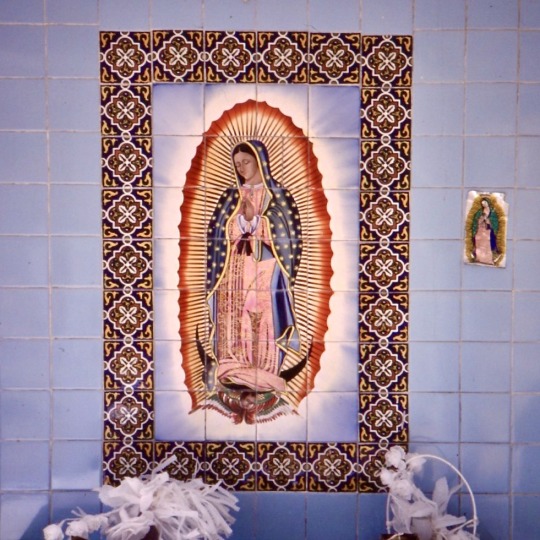
Azulejos que representan a la Virgen de Guadalupe, Chiapas rural, 1990.
Today is el día de la Virgen de Guadalupe, the national holiday to celebrate the patron of México.
84 notes
·
View notes
Text


146 notes
·
View notes
Text
For all those worried or confused about the recent communiques from the Zapatistas, I highly recommend giving this a read
70 notes
·
View notes
Text
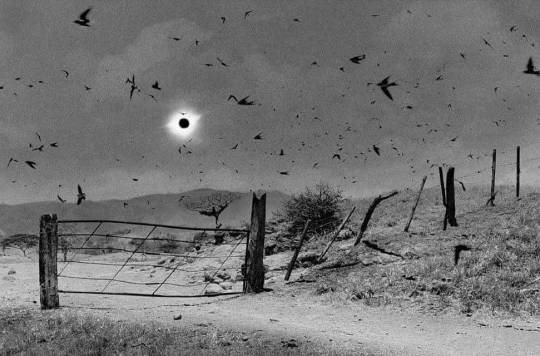
Antonio Turok, Eclipse solar, 1991, Chiapas, México
Source
29 notes
·
View notes
Text
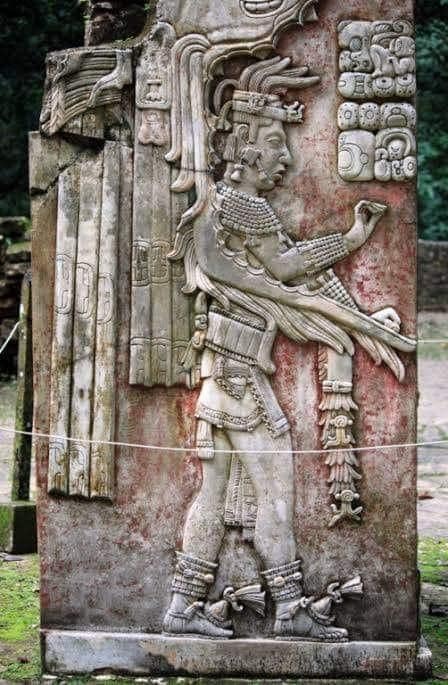
K'inich Janaab' Pakal o Pakal “el Grande”
88 notes
·
View notes
Text

The Zapatista National Liberation Army (EZLN) was founded Nov. 17, 1983 in the Lacandon Jungle in Chiapas, Mexico by three indigenous and three non-indignous members of its parent organization, the Forces of National Liberation (FLN).
34 notes
·
View notes
Text

Figurilla femenina en una concha
La Reina Roja, es el nombre que los arqueólogos le otorgaron a la señora sepultada en la tumba del Templo XIII de Palenque, Chiapas. Al momento de su muerte, el personaje fue colocado al interior de un sarcófago de piedra caliza y su cuerpo fue recubierto con polvo de cinabrio, un mineral rojo carmesí difícil de conseguir que sólo se utilizaba en pequeñas cantidades
Como parte de su ofrenda funeraria se depositó cerca de su cabeza una concha marina (Spondylus calcifer), la cual contenía una figurilla de piedra con la representación de una mujer elegantemente ataviada, quizá un retrato de la propia reina.
Tras su descubrimiento en 1994, ahora se sabe que el nombre de la Reina Roja era Ixik Tz’aka’ab Ajaw, o “Señora Gobernante de las Generaciones”.
Créditos: INAH
105 notes
·
View notes